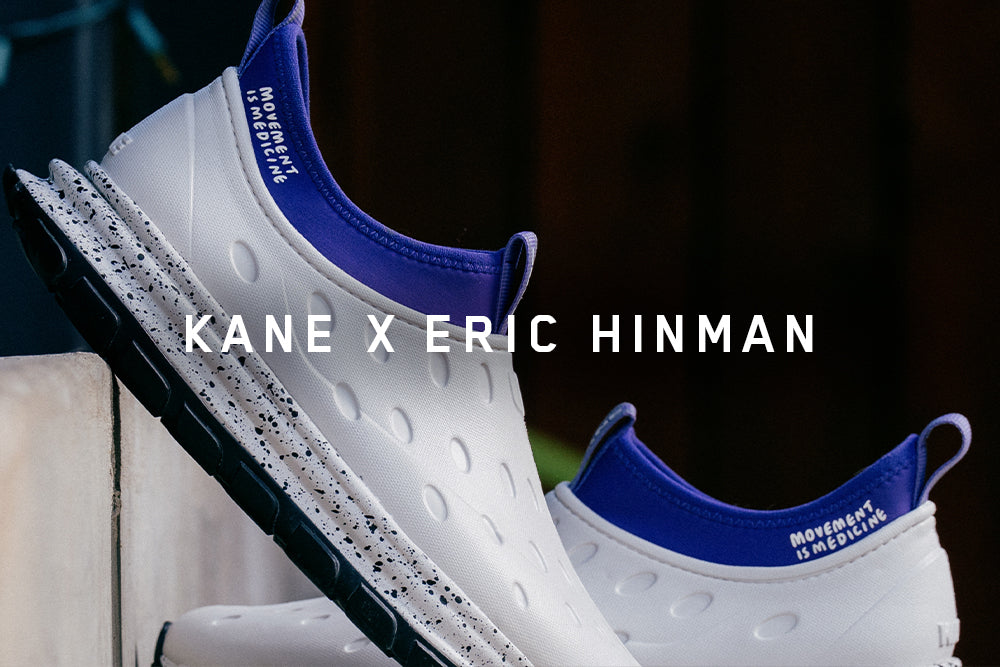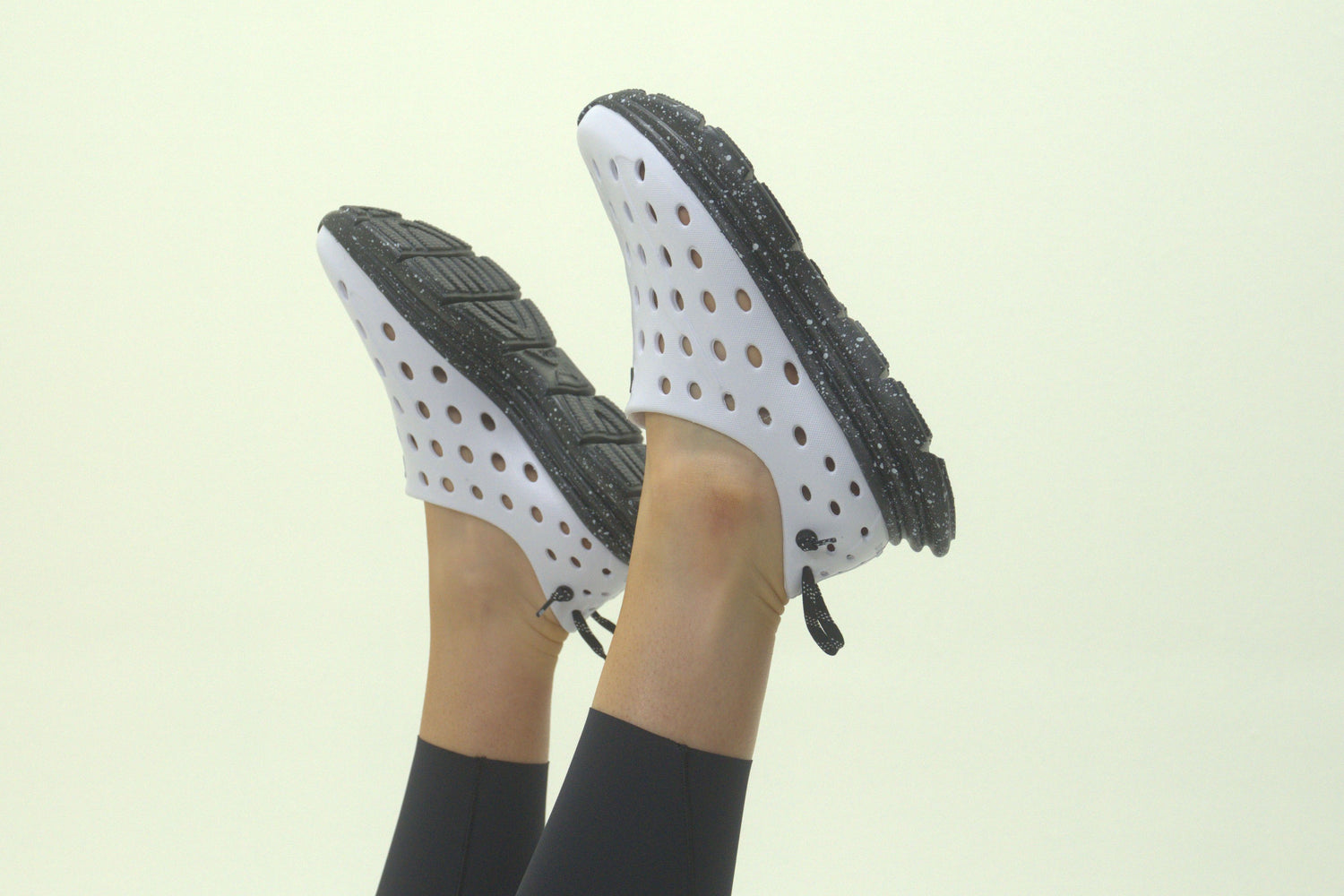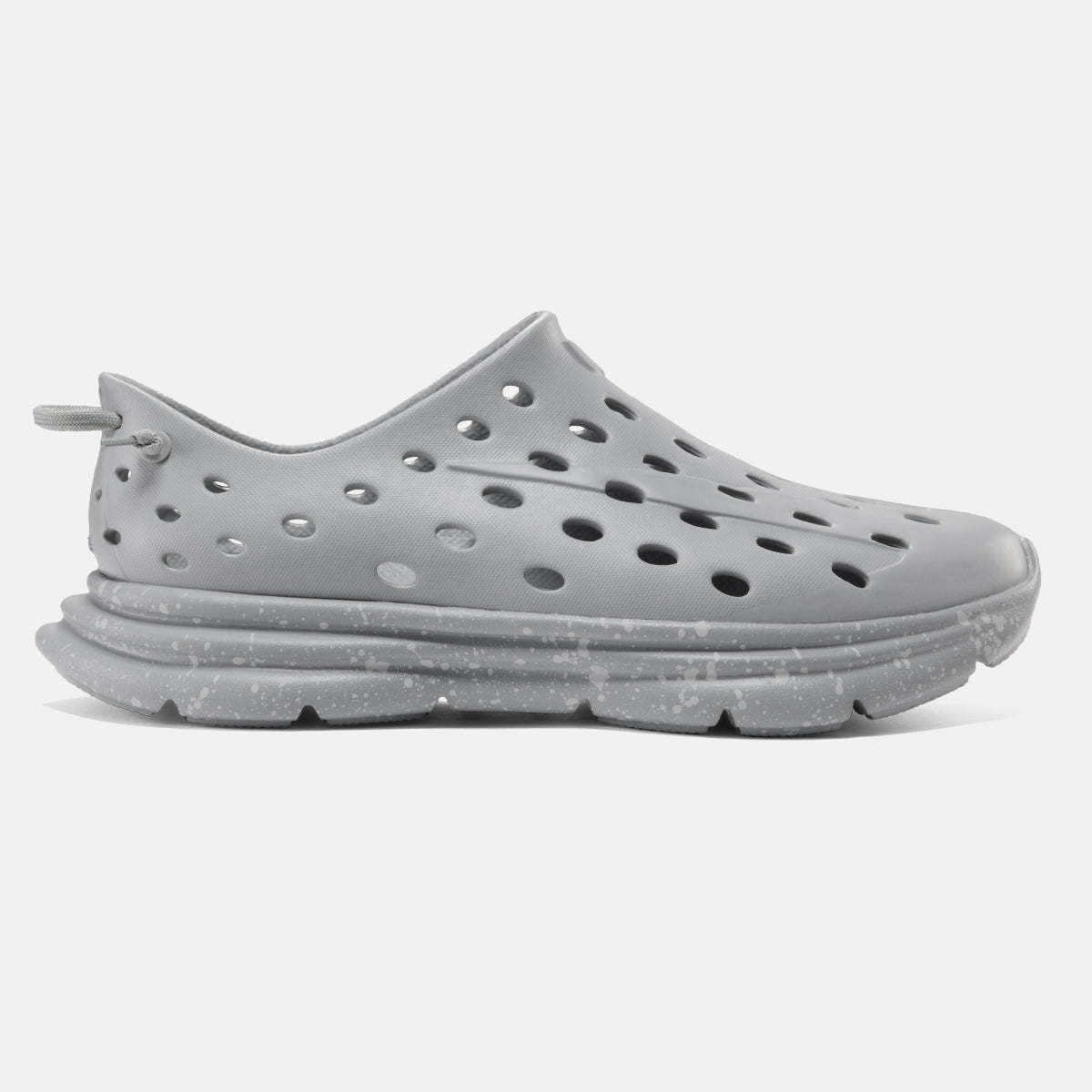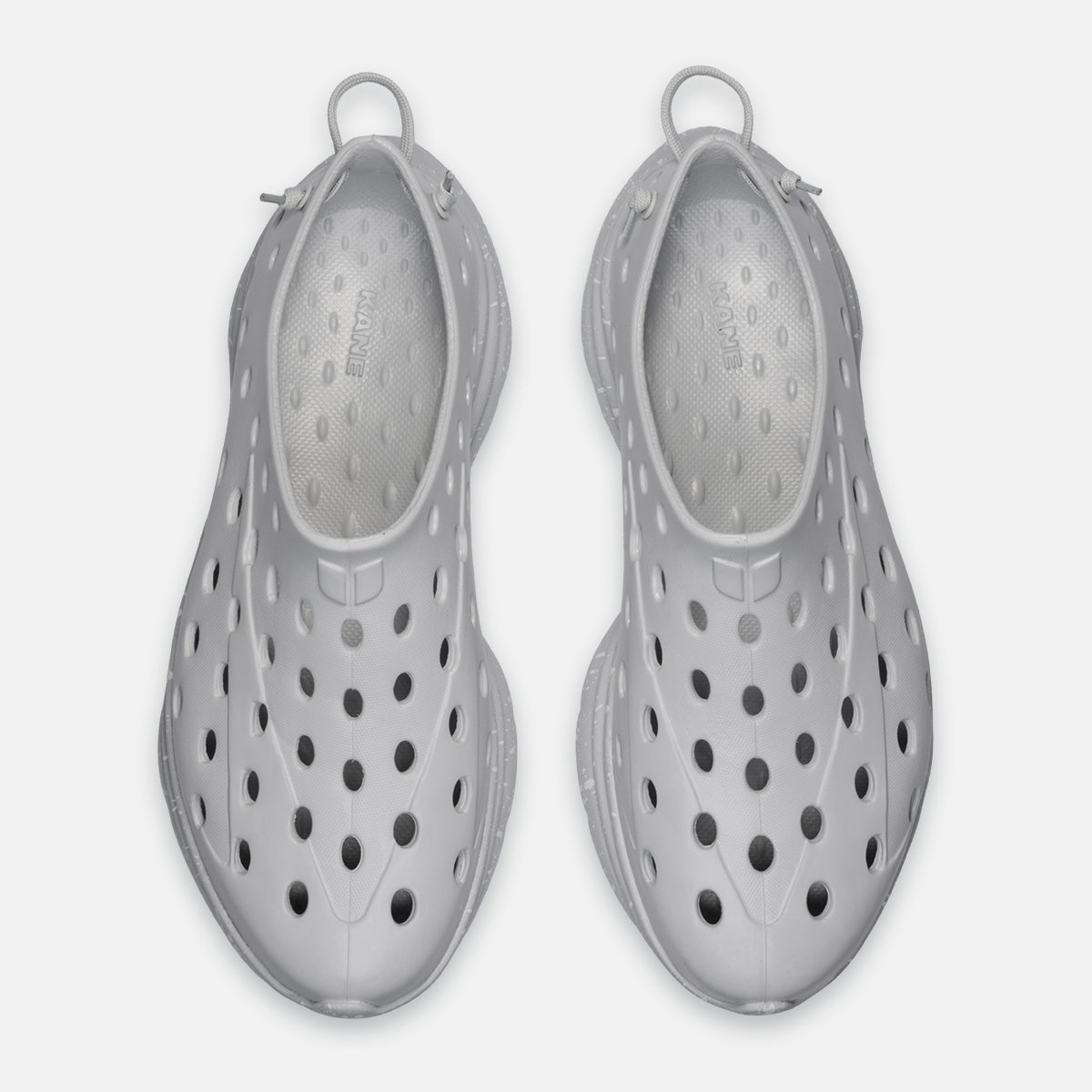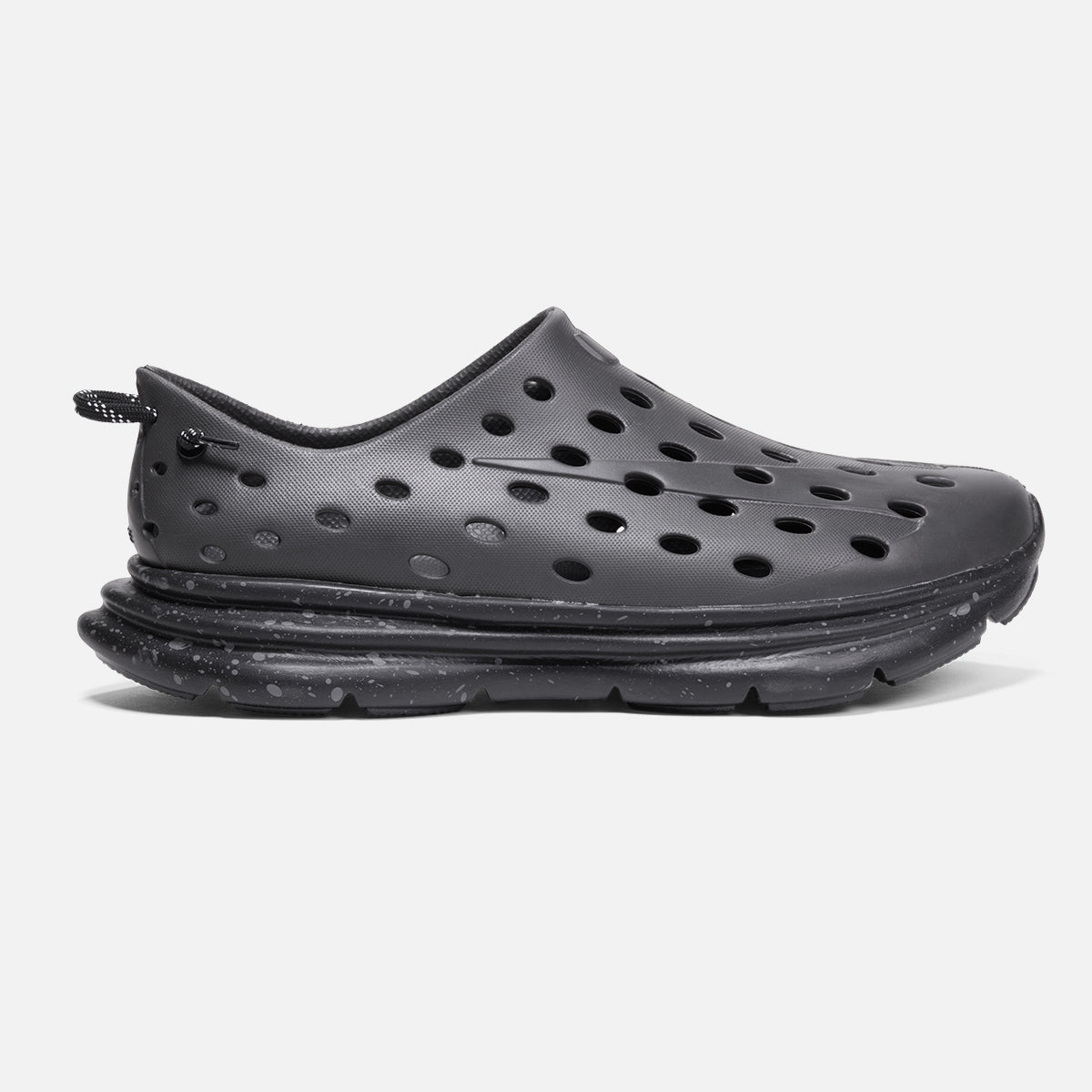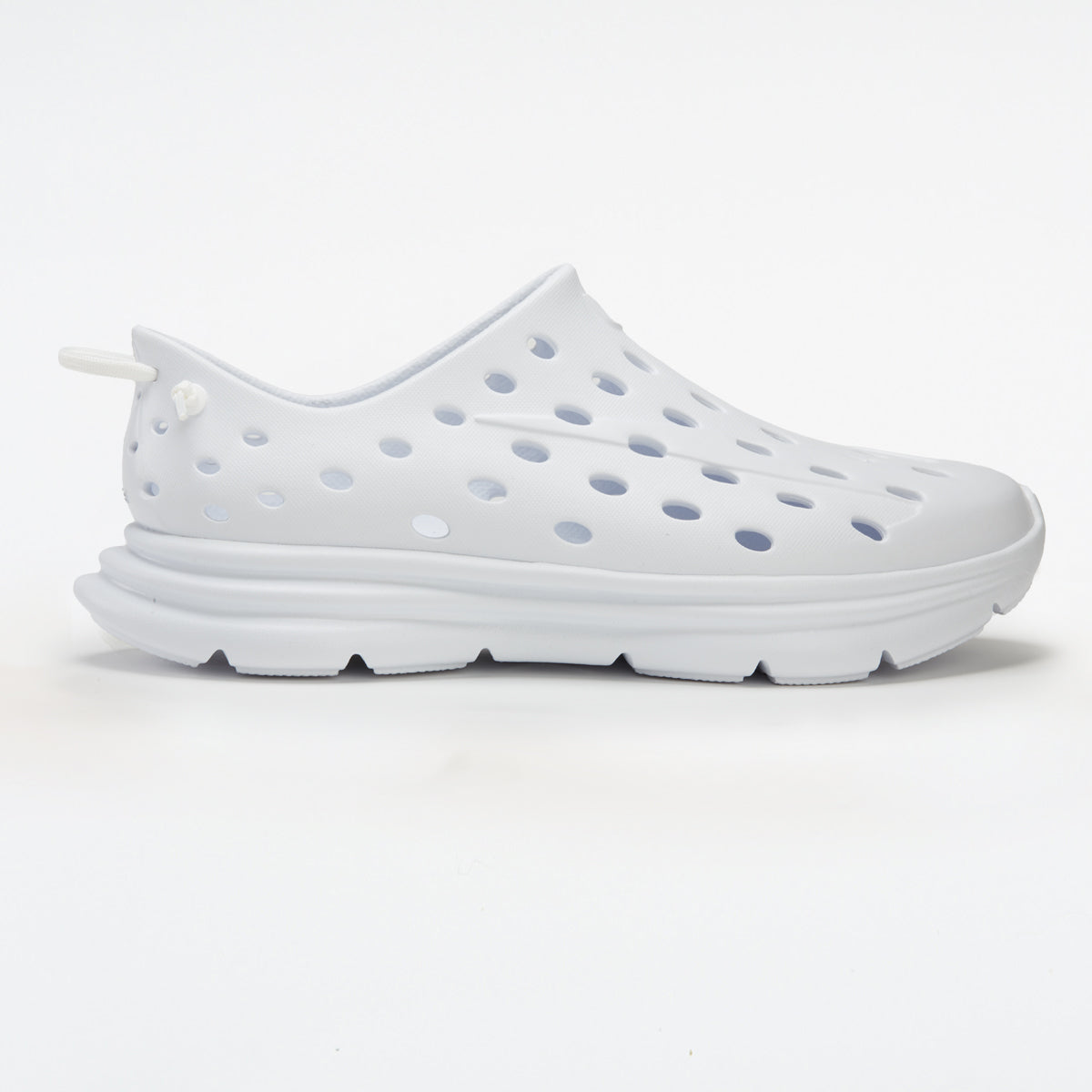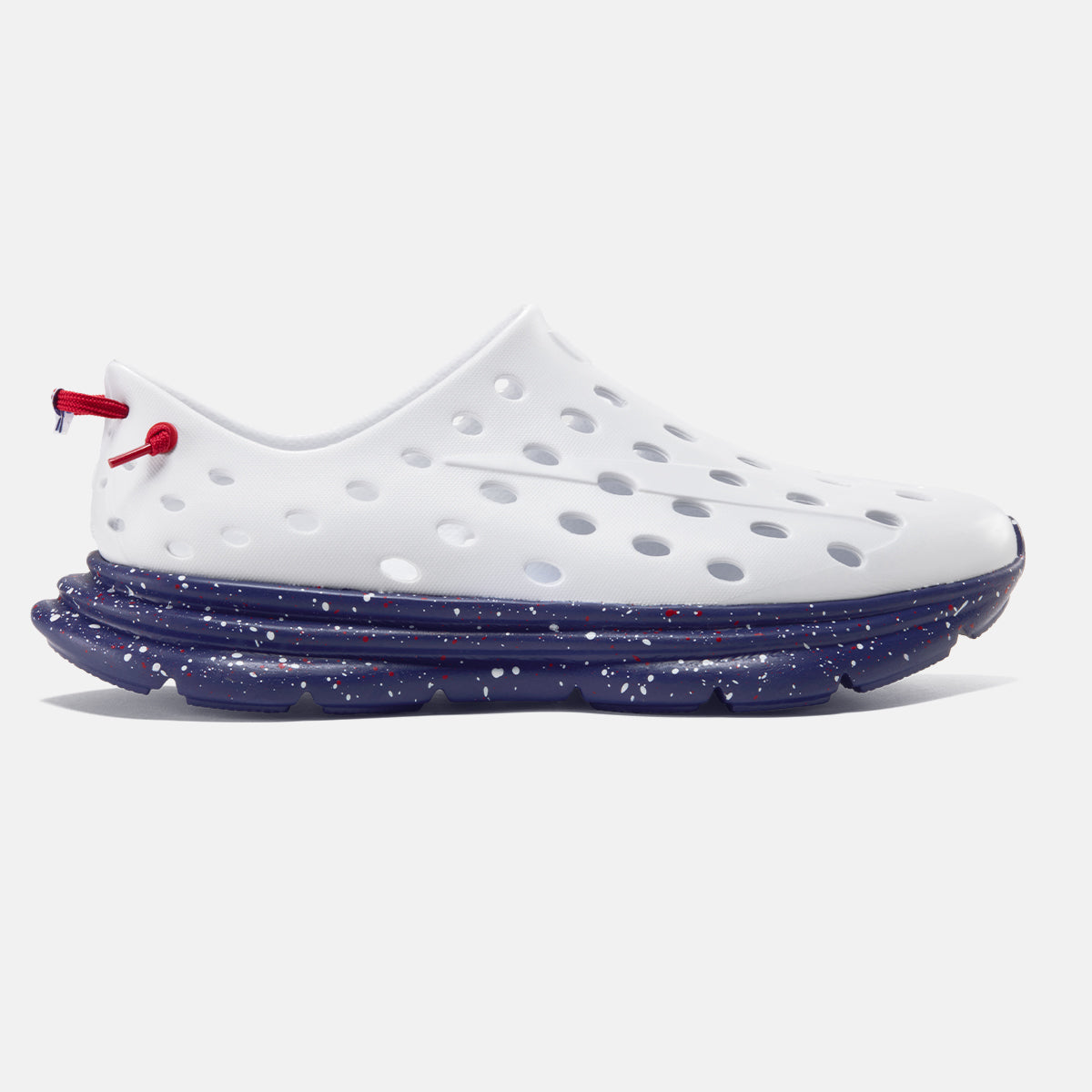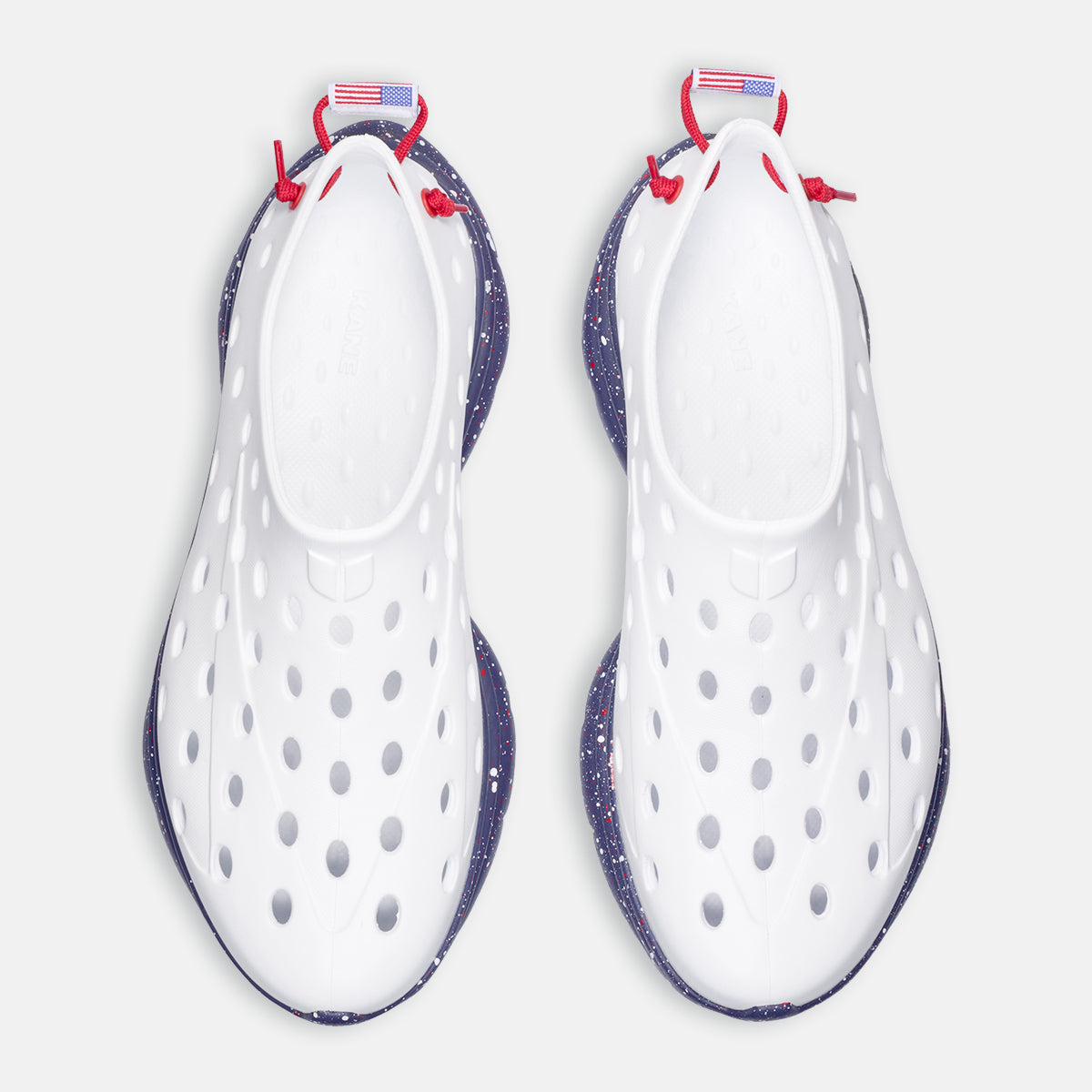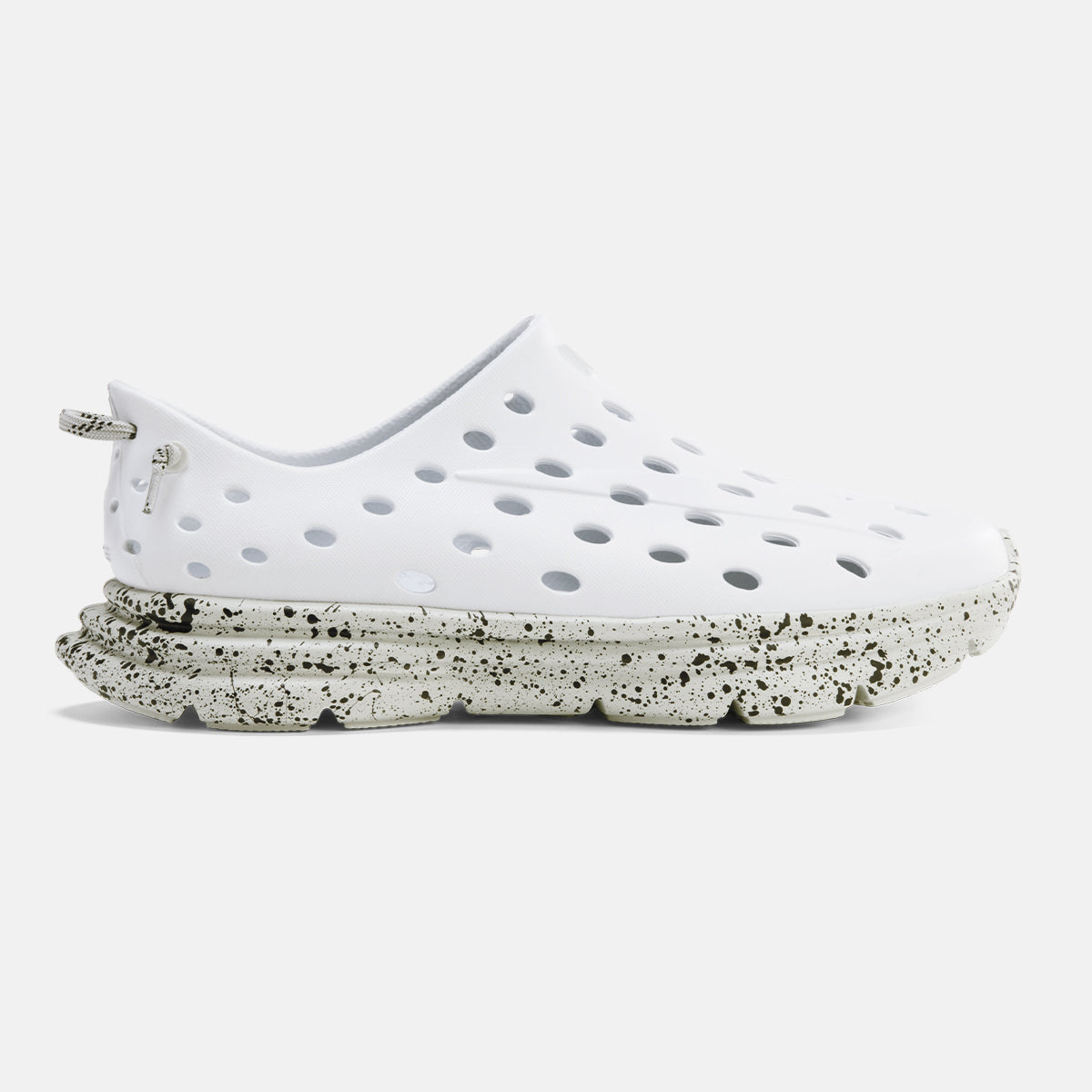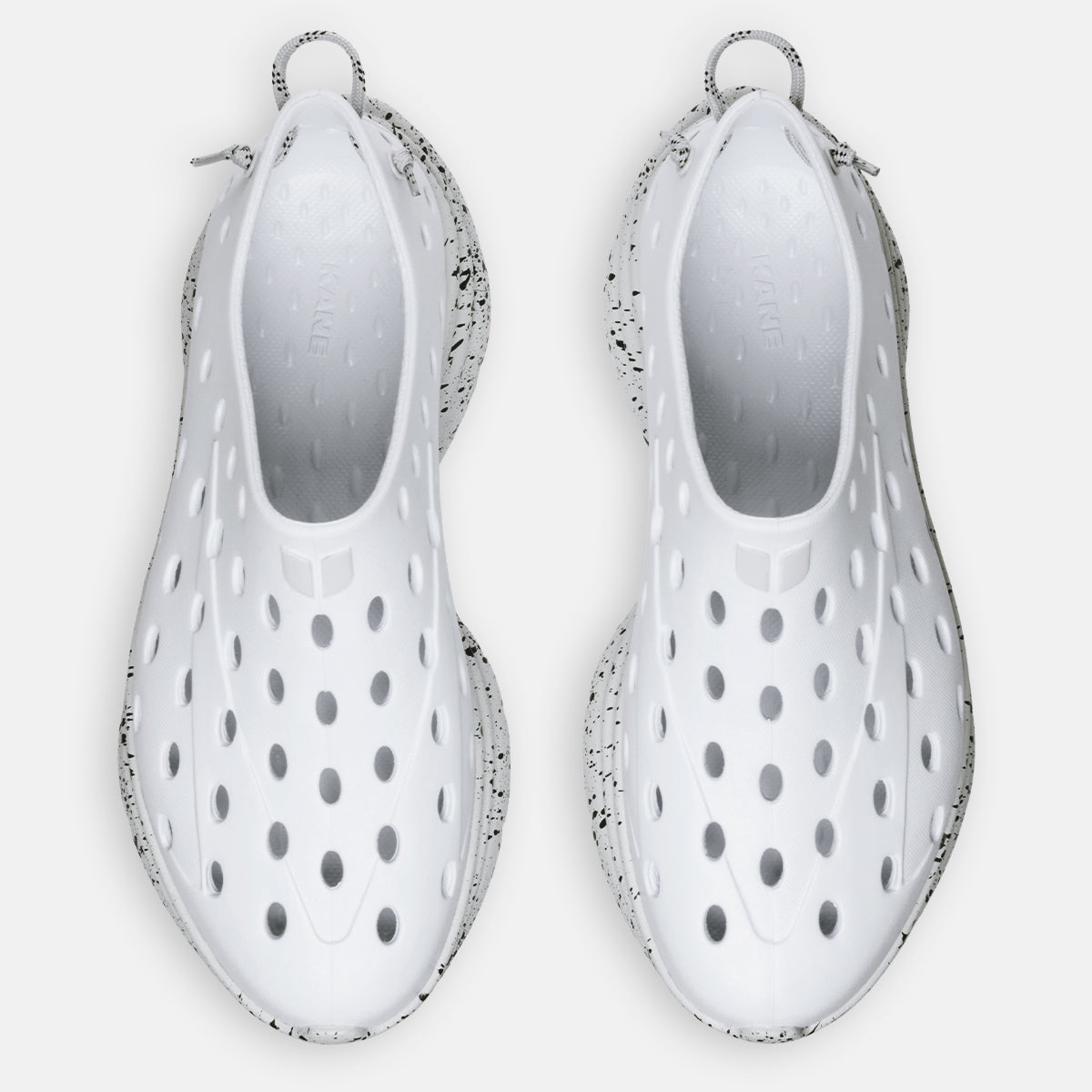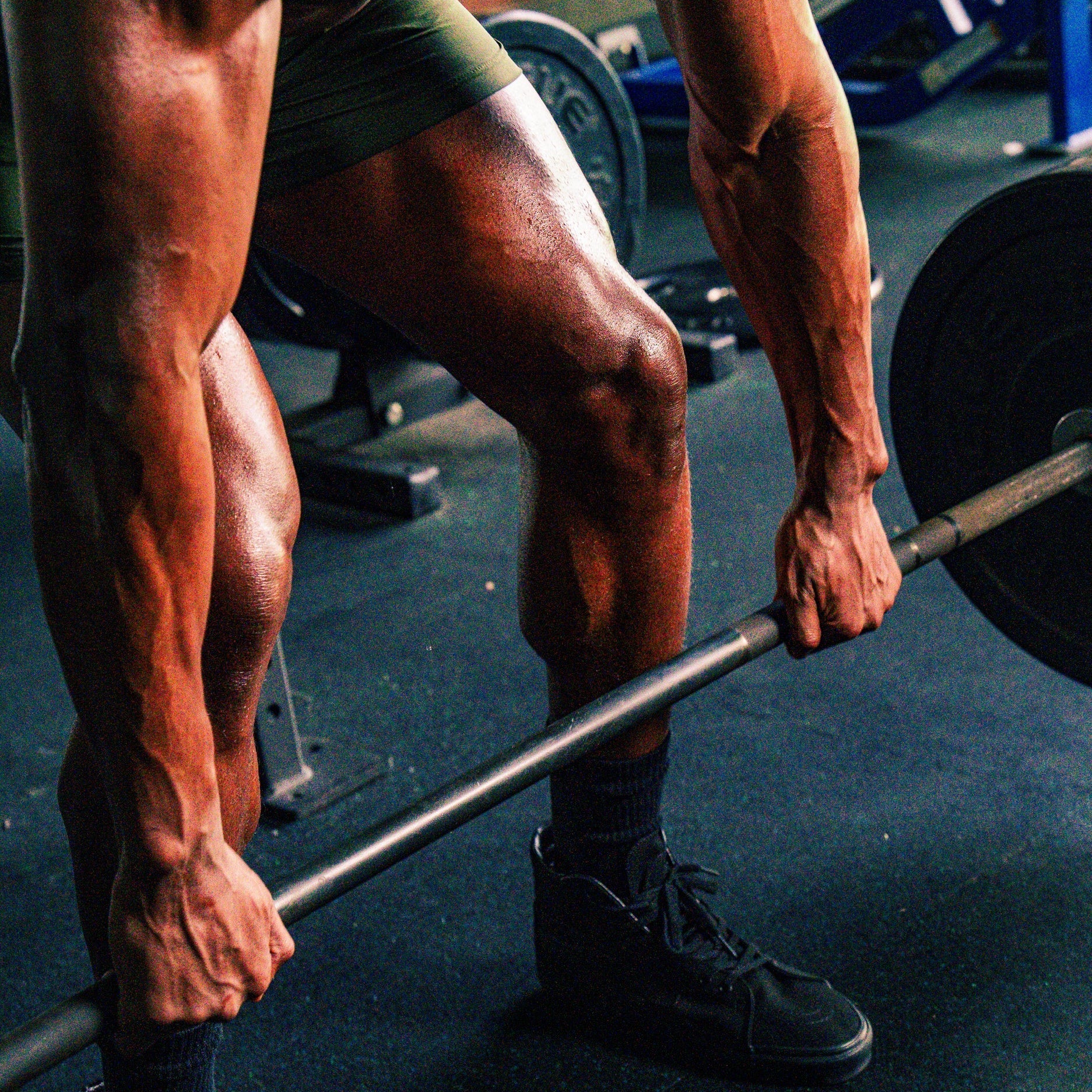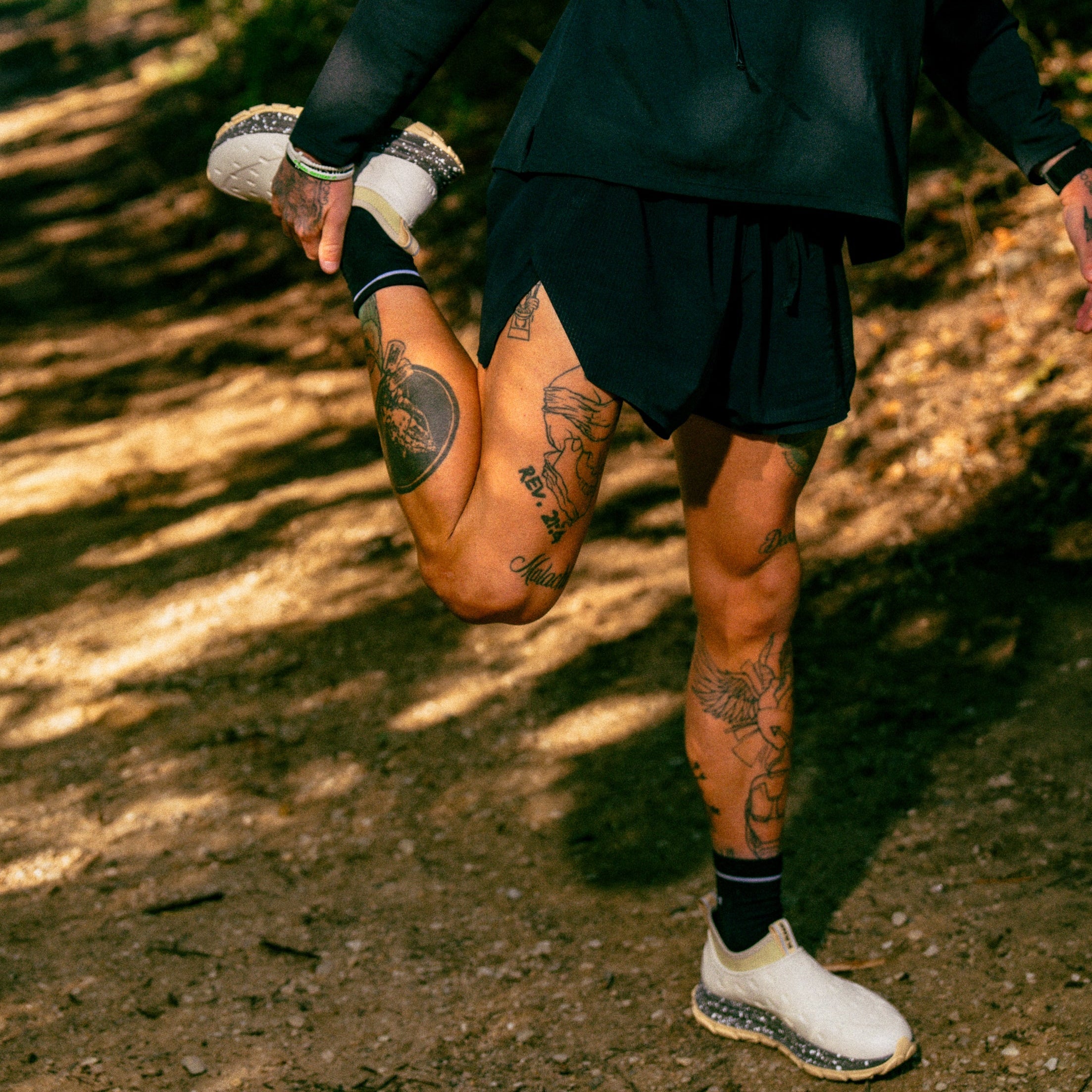Have you ever found yourself walking on hot sand, tiptoeing over sharp rocks, or wondering what's lurking beneath the murky water while you swim? If so, you've probably considered investing in a pair of water shoes. This type of footwear is an excellent idea for anyone who loves to explore the outdoors and stay active, especially on hot summer days. They offer comfort, protection, and convenience in ways that regular footwear just can't match. But when and where should you wear them—and how about in the pool?
What are water shoes?
Water shoes are specialized footwear designed to be worn in wet conditions. Unlike regular shoes, they're made with materials like mesh and neoprene that allow water to flow through so your feet stay light, comfortable, and protected. They're also designed to dry quickly, making them perfect for transitioning from water to land without needing a change of shoes. There are various styles, from swim shoes to aqua socks and neoprene socks, each suiting different needs and preferences.
And yes, they're an excellent poolside option. However, you'll want to check with your swimming facility first to see if they have any rules related to hygiene.
Benefits of wearing water shoes
Water shoes offer more than just style. They shield you from sharp objects and hot surfaces, provide grip on slippery ground, and keep your feet comfortable and clean in all kinds of wet environments. Whether navigating rocky shores, exploring rivers, or strolling around a water park, they bring safety and comfort, making them a must-have for any water-based activity.
- Protection: Water shoes protect your feet from the sharp objects commonly found at beaches and lakes. They also shield you from the bird poop that can (unfortunately!) be splattered around outdoor pools and on the shore.
- Traction: One of the key benefits of this type of footwear is providing grip on slippery surfaces, reducing the risk of a fall on wet pebbles, boat decks, or slick pool tiles.
- Comfort: These shoes are designed to be lightweight and breathable, making them perfect for hot summer days. Their snug fit ensures they stay on, even in shallow water, and they can help prevent foot pain caused by navigating uneven or rough surfaces.
- Hygiene: In public or shared spaces, they offer a barrier against germs and bacteria, keeping feet cleaner and safer.
When to choose water shoes
Wondering when to slip on those water shoes? There are countless scenarios where they can make a big difference. From beach trips and water park visits to river adventures and boating days, they're perfect for pretty much any activity that involves water, sandy beaches, rocks, or mud. Discover the best times to wear them to shield your feet and enhance your experience—wherever your adventures take you.
Swimming pools
While not all public pools allow them, wearing shoes designed for water can offer grip on slick decks and shield your feet from debris and rough pool bottoms. Just make sure to check the swimming facility's rules before tossing them in your bag with your goggles and towel.
Water parks
Water shoes are perfect for water parks, where surfaces can be slippery, and undesirable substances may be on the pavement. They protect against hot surfaces and provide grip, making them ideal for a fun day at the park. Some parks may even recommend them for guests' safety.
Beach trips
Whether navigating rocky shores or walking on a hot beach, water shoes shield your feet from anything that could cause injury. They're also a great idea for exploring tide pools to ensure you don't hurt yourself stepping on any hidden surprises.
River and lake adventures
Water shoes are essential for those who enjoy a walk along rivers or freshwater swimming. They shield your feet from slippery pebbles and rough rocks, and prevent injuries from unexpected underwater obstacles.
Boating and kayaking
Water shoes keep your feet secure and comfortable on a kayak or other sea-faring vessel, even when wet. They help you maintain your grip when moving around the deck or getting in and out of the water, and they dry quickly.
Hiking wet trails
When hiking trails with frequent water crossings or muddy, wet terrain, water shoes provide a good balance of grip and security. They're light enough to keep your feet from feeling bogged down but sturdy enough to shield against rough terrain. (Though you'll still want to keep your hiking boots or shoes handy.)
Everyday use
Water shoes aren't just for water activities. They can also be handy for a casual walk in warm, wet environments like a rainforest or even doing chores like washing the car. Keep them conveniently located for quick trips to the garden or beach, where you may need footwear that can get wet and dirty.
Where not to wear water shoes
While water shoes are versatile, they're not suitable for every situation. Knowing when to leave them at home is just as important as knowing when to put them on. Learn about the places and activities where water shoes might not be the best option—and what alternatives may work better.
Formal events
It probably goes without saying, but water shoes aren't suitable for formal settings or fine dining. As functional as they are, they lack the style needed for dressy events. Save them for the great outdoors and the wet activities they were designed for.
Long, dry hikes
Water shoes aren't the best choice if you're planning a long hike on dry terrain. They lack the arch support and cushioning necessary for an extended walk on rugged paths. Make sure your footwear matches the activity and surroundings.
Cold water activities
For cold conditions, such as winter swims or icy waters, opt for insulated footwear designed specifically for cold temperatures. Water shoes won't keep your feet warm and could even contribute to foot pain if you wear them in freezing conditions.
Certain water sports
Activities like surfing or scuba diving often require specialized footwear that provides more support, insulation, or flexibility than regular water shoes.
Choosing the right water shoes
Not all water shoes are created equal. Finding the perfect pair depends on your specific needs, the activities you'll be doing, and the environment you'll be in. From materials and fit to unique features and styles, this section will guide you through the critical factors to consider when choosing the right water shoes.
Material considerations
The most common materials for water shoes are mesh and neoprene. Mesh dries quickly and provides good breathability, while neoprene insulates.
Fit and comfort
It's essential to ensure your water shoes fit well enough to stay on but not so snug that they cause discomfort. A good fit prevents them from being lost in the water while keeping you comfortable.
Specific features
Look for features like adjustable straps, drainage holes, and toe caps. These elements enhance the shoe's functionality, and shoemakers sometimes tailor them to specific activities, making them a great choice for a walk on rocks or navigating slippery decks.
Activity-specific recommendations
If you plan on exploring rocky beaches, choose shoes with thicker soles for extra security. For more casual wear, such as at water parks or resort pools, lightweight, slip-on water shoes are ideal for comfort and ease of movement.
Caring for your water shoes
With a little extra care, your water shoes can last much longer. Proper maintenance—from cleaning and drying to storage—will help keep your shoes in great shape, ensuring they continue to provide comfort, security, and traction for years to come. Discover the best tips for caring for your water shoes so they’re always ready for your next adventure.
- Cleaning tips: To extend the life of your water shoes, rinse them thoroughly after each trip to the beach, lake, or pool to remove salt and debris. Regular cleanings help prevent odors and will help keep them looking new.
- Drying and storage: After rinsing, allow your water shoes to air dry completely before storing them. Making sure your shoes are completely dry is your best bet to prevent mold and mildew from forming, especially if the shoes are made of neoprene or other materials that retain water.
- Maintaining traction: Scrub the soles lightly after each use to keep them clean. This ensures the shoes remain slip-resistant, providing the traction you need for wet surfaces.
Conclusion
Water shoes are a comfortable, functional, and versatile addition to any outdoor enthusiast's gear. Whether lounging by a resort pool, exploring beaches, or paddling across lakes, the proper footwear can make all the difference. Remember, choosing the right shoe is as important as selecting the right clothing or equipment for your activities—it's all about enhancing your experience while keeping safety and comfort in mind.
Frequently asked questions
Can you wear water shoes in the pool?
Water shoes can be a game-changer at the pool. They shield your feet from hot surfaces, slippery pool decks, and the occasional surprise pebble. Plus, they're great for those who are squeamish about what's lurking on the bottom. However, some swimming facilities might have rules against them for hygiene reasons, so always check first. Water shoes are lightweight, dry quickly, and can even add a splash of style to your swimwear. So, if you're looking to combine comfort with safety, they're a fun and practical choice for your next dip in the pool.
What can I wear on my feet in a swimming pool?
Whether lounging poolside or swimming laps, having appropriate footwear is a must. A water shoe is a fantastic choice for wearing in or around a swimming pool, providing security, grip, and comfort. If you prefer something lighter, try aqua socks. They feel like a second skin and keep you agile. Flip-flops are great for a casual vibe, but they're best left on the deck since they aren't ideal in the water. Some pools allow swim sandals, but always check the rules first. Whether you want to shield your feet or add a bit of flair, there's a pool-friendly option for every style.
What shoes can you wear in the pool?
When it comes to pool footwear, water shoes are your best friend. They provide excellent grip, protect your feet from hot pool decks, and shield you from hidden surprises underwater. Aqua socks are another great choice, offering a snug fit and a barefoot feel with a bit more security. Some people even opt for swim sandals. However, not all pools allow shoes, so always check the rules before diving in.
Can you wear water shoes to a water park?
Water shoes are a smart choice for a water park. They protect your feet from hot pavement, slippery surfaces, and hidden objects, making your day more comfortable and safe. Plus, they're lightweight and dry quickly so you can splash around without a second thought. Some water parks have specific rules, so checking ahead is a good idea. But generally, this specialized footwear is a fantastic way to keep you ready for all the slides, wave pools, and lazy rivers your heart desires. So slip them on and get ready for a fun, worry-free adventure.
Is wearing water shoes or flip-flops better?
Choosing between water shoes and flip-flops depends on what you plan to do when wearing them. Water shoes are great for active fun—whether wading in a river, exploring a rocky beach, or heading to a water park. They provide security, grip, and comfort, even when wet. On the other hand, flip-flops are the laid-back, easygoing option, perfect for poolside lounging or a quick stroll on the beach. They're easy to slip on and off but can be slippery and offer little coverage. If you're after versatility and safety, go for water shoes. For casual comfort and convenience, flip-flops may be your best bet.
Do water shoes float?
Most water shoes don't float. They're lightweight and snug, so they stay securely on your feet while you're in the water, but they aren't buoyant. If you're planning to swim or splash around, they're perfect for keeping you protected without adding bulk. But don't expect them to bob to the surface like a pool noodle if they slip off. It's best to keep them on your feet where they belong.


